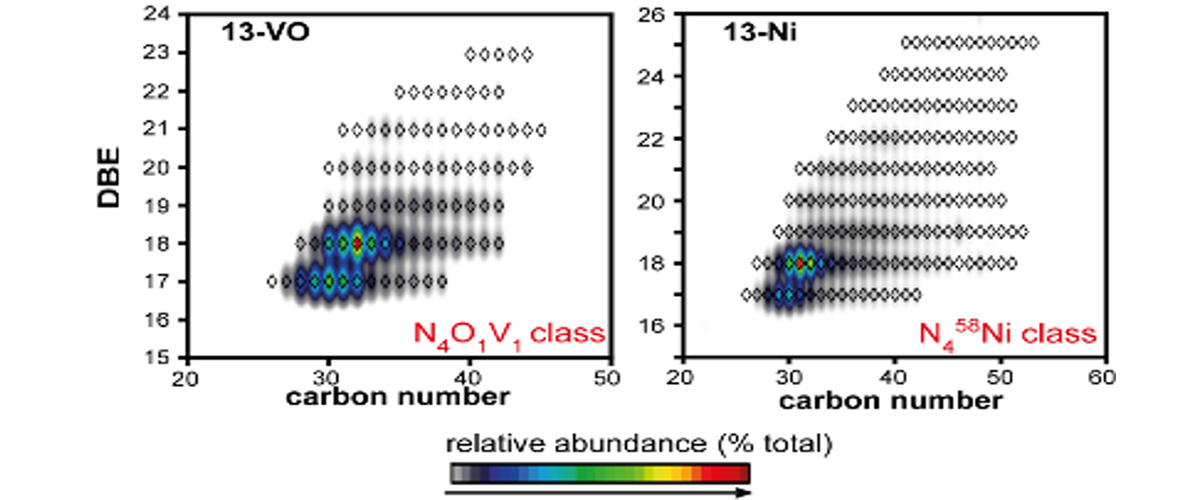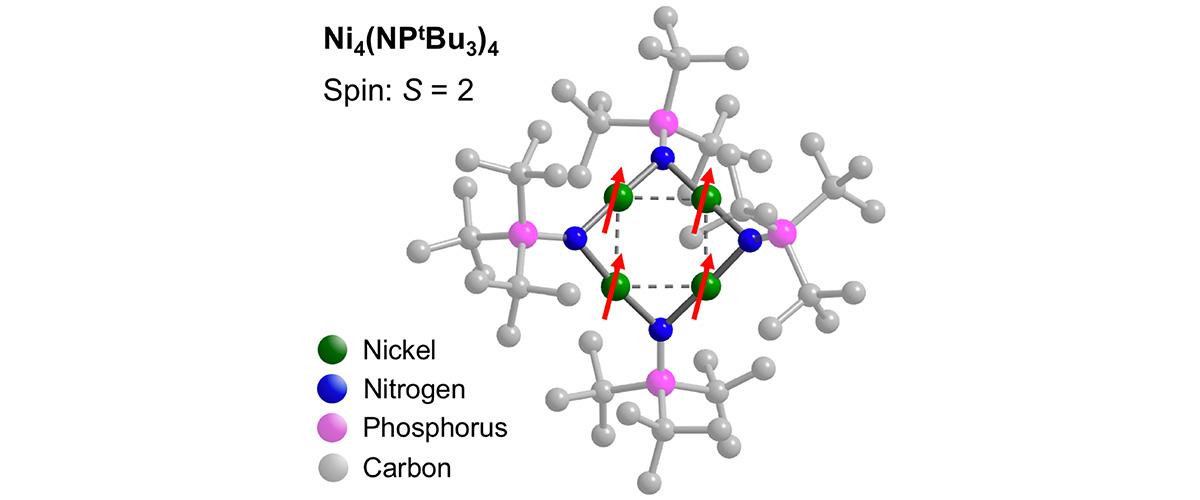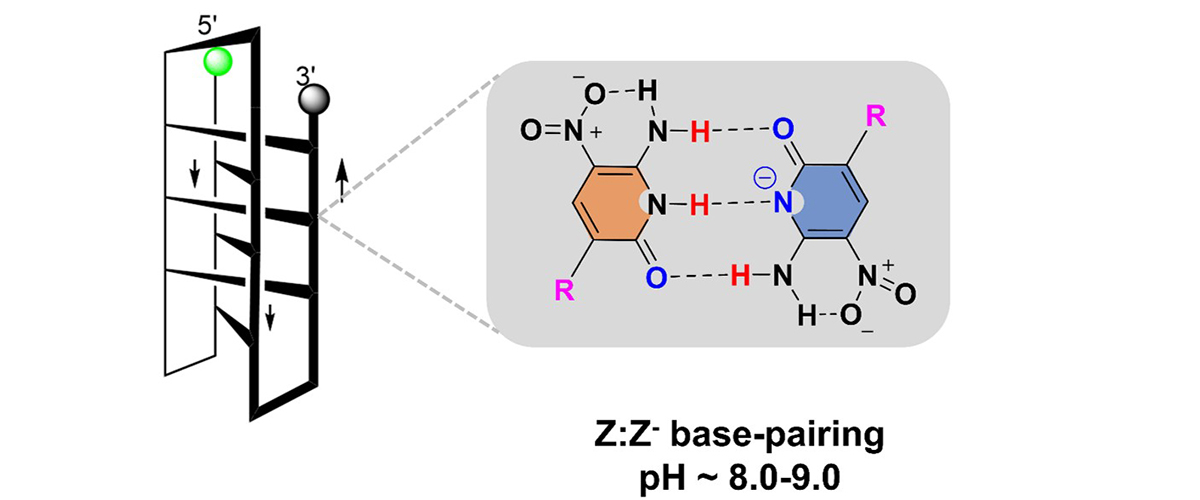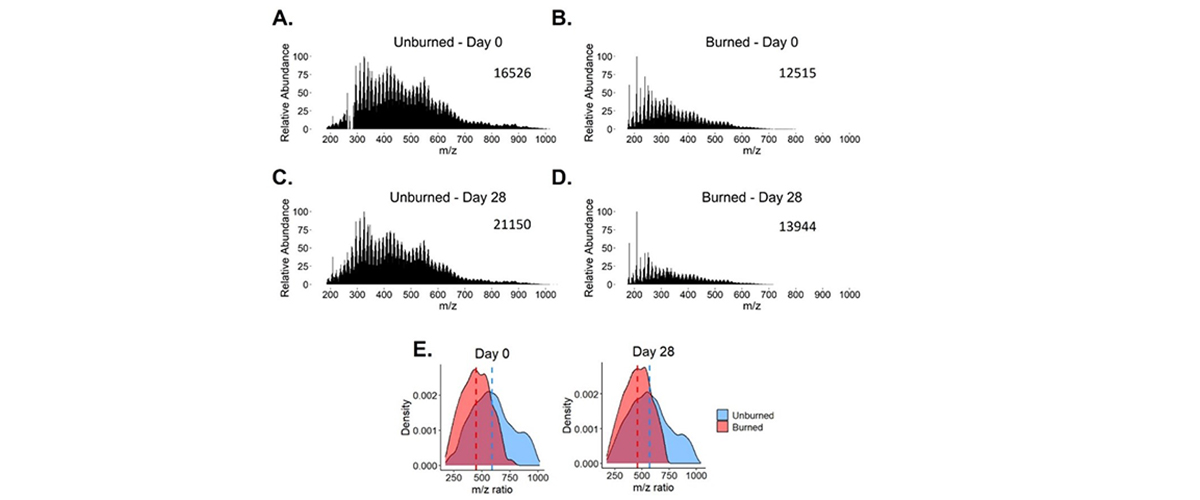What did scientists discover?
Researchers discovered intact porphyrin molecules in ocean rock that was measured to be 1.1 billion years old, which indicates that bacteria dominated life in the ocean at that time.
Why is this important?
The oceans of Earth's middle age, 1.8–0.8 billion years ago, were devoid of animal-like life. One hypothesis is that the emergence of large, active organisms was restrained by the limited supply of large food particles, such as algae.
Through discovery of molecular fossils of the photopigment chlorophyll in 1.1-billion-year-old marine sedimentary rocks, scientists were able to quantify the abundance of different phototrophs. The nitrogen isotopic values of the fossil pigments showed that the oceans were dominated by cyanobacteria, while larger planktonic algae were scarce. This supports the hypothesis that small cells at the base of the food chain limited the flow of energy to higher trophic levels, potentially retarding the emergence of large and complex life. Understanding the evolution of life on Earth helps us to understand and predict the impact of natural and human-generated changes to our ocean ecosystems.
Who did the research?
N. Gueneli1, A.M. McKenna2, N. Ohkouchi3, C.J. Boreham4, J. Beghin5, E.J. Javaux5, J.J. Brocks1
1The Australian National University; 2Ion Cyclotron Resonance Facility, National MagLab; 3Japan Agency for Marine-Earth Science and Technology; 4Geoscience Australia; 5University of Liège, Belgium
Why did they need the MagLab?
The research required the ultrahigh mass resolving power and mass measurement accuracy of the MagLab’s Fourier Transform Ion Cyclotron Resonance mass spectrometer to identify porphyrins, the key molecules in the study, in a mixture of tens of thousands of other compounds present in the ancient ocean rock.
Details for scientists
- View or download the expert-level Science Highlight, 1.1 billion-year-old porphyrins evidence photosynthesis 600 million years earlier than previously established
- Read the full-length publication, 1.1 Billion Years Old Porphyrins Establish a Marine Ecosystem Dominated by Bacterial Primary Producers, in Proc. Natl. Acad. Sci.
Funding
This research was funded by the following grants: G.S. Boebinger (NSF DMR-1157490); J.J. Brocks, Australian Research Council (DP1095247, DP160100607); E.J. Javaux, European Research Council (ELiTE FP7/308047)
For more information, contact Amy McKenna.






